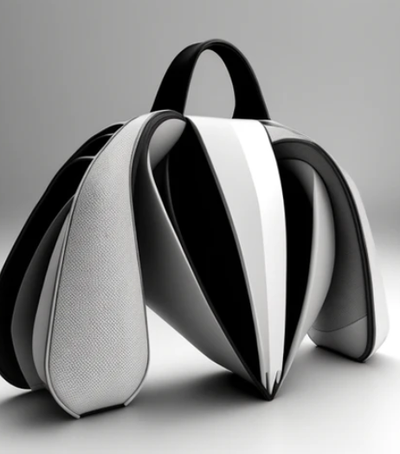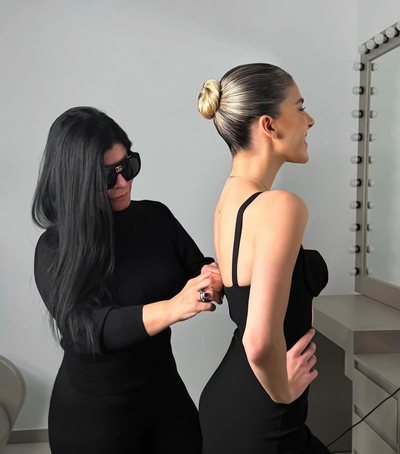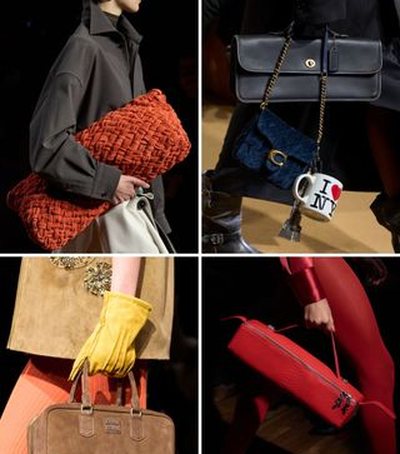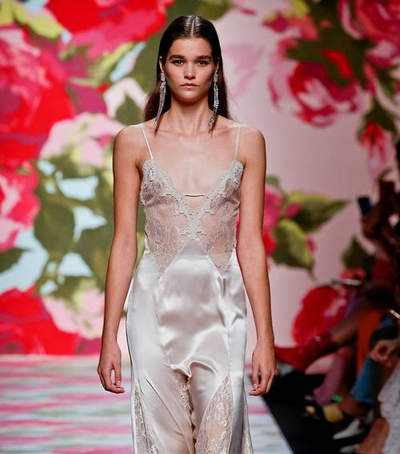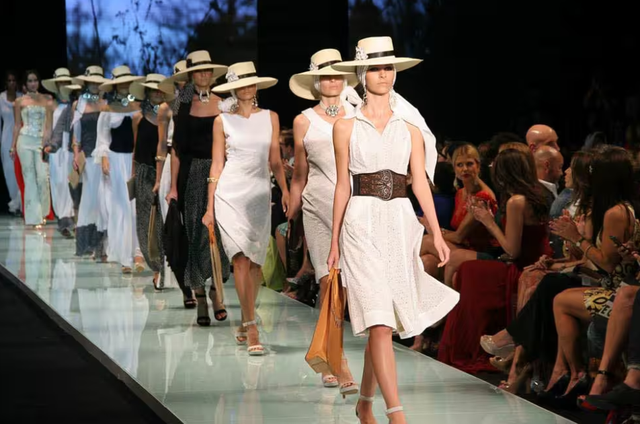
In a world where the fashion industry's environmental impact has become undeniable, sustainable fashion is turning from an alternative trend into a global necessity. The reckless consumption of fast fashion and the heavy pollution it causes have spurred a new generation of creators, brands and conscious consumers who are seeking a revolution in the way we produce, wear and recycle our clothes.
Sustainable fashion today is not just a style choice — it's a statement about the future of the planet.
1. Leading brands in sustainable fashion
Some brands are boldly leading the way towards a cleaner and more ethical industry:
Stella McCartney
An absolute pioneer in cruelty-free fashion and the use of ecological materials. Known for its vegan leather and embracing new innovations like the Mylo material (created from mushrooms).
Patagonia
More than just an outdoor clothing brand, Patagonia is an activist for the planet. It uses recycled materials and promotes the repair and restoration of clothing to extend its life.
Eileen Fisher
It is committed to a circular business model where each product is designed to have a long life and be recycled at the end of its use.
widow
A shoe brand that combines an urban look with a strong commitment to transparency, ecological materials and fair labor practices.
In addition to these giants, smaller brands and new start-ups are also experimenting with new business models that place sustainability at the center of their philosophy.
2. Innovation in ecological materials
One of the most important developments in sustainable fashion is innovation in materials:
Vegan leather from mushrooms
Mylo material, developed by Bolt Threads, is increasingly being used as a green alternative to traditional leather.
Organic cotton
Grown without the use of pesticides and harmful chemicals, it conserves soil and water.
Materials created from food waste
Fibers from pineapple (Piñatex), grapes (Vegea) and even coffee are being used to create clothes and accessories.
Recycled textiles
New technologies allow old textiles to be broken down and recreated into new fibers, reducing waste and the consumption of natural resources.
This revolution in materials is changing not only the aesthetics but also the ethics of the fashion industry.
3. The return of recycled clothing and circular fashion
In response to excessive consumption, the movement towards circular fashion is gaining more and more support:
Recycling and reuse
Marketplaces for second-hand clothing, such as Depop, Vestiaire Collective and The RealReal, have become part of the daily habits of young consumers.
Upcycling
Designers like Marine Serre and Gabriela Hearst create collections by reusing existing materials, creating new clothes with a unique story.
Clothing return programs
Many brands, such as H&M Conscious and Levi's, offer initiatives where customers can return old clothes for recycling or reupholstering.
This way, the life of the clothes is extended and their impact on the planet is significantly reduced.
4. Movements against fast fashion
A new generation of consumers is leading a global movement against fast fashion culture:
Hashtags like #WhoMadeMyClothes (from the Fashion Revolution campaign) challenge brands to disclose working conditions and supply chains.
Fashion minimalism
The "capsule wardrobe" concept — a small number of carefully selected items that are easy to combine — is taking hold in many people's lives.
Request for transparency
Consumers demand that brands be clear about the composition of their products, the origin of materials, and social practices.
In this new climate, following fast trends and impulsive buying is being replaced by more conscious, thoughtful, and impactful purchases.
Sustainable fashion is no longer an alternative option; it is the only way forward if we want an industry that respects people and nature. From revolutionary materials to new ways of consuming, every step towards more conscious clothing is a step towards a better future. Ultimately, the most beautiful clothing we can wear is the one that does good for the world.

